No products in the cart.
Mud Fever – Cracked Heel – Rain Scald Cream
Price range: £16.20 through £62.50 inc VAT
Farriers Mud Fever Cream contains two pure essential oils known for their anti-bacterial, anti-fungal and antiseptic properties. Made from natural emollients specifically chosen to prevent and treat cracked heels and Rain Scald. This cream softens the scabs and promotes healthy skin growth. Incorporated into this cream is a barrier ingredient to help keep the affected area dry. Can also be used to help prevent mud attaching to the lower legs in boggy, wet conditions.
Ideal for the treatment of Rain Scald (see photo below in description)
What are Cracked Heels?
Cracked Heels is not a single disease but can be seen in differing forms. It occurs especially in warm, wet weather and is associated with a number of causes. It is certainly not limited to horses that are paddling knee deep in mud! Cracked Heels can range from a mild skin irritation to very painful infected sores, and can, in some cases, cause significant swelling with severe lameness. The condition affects the lower limb, most commonly the back of the pastern. It starts off as matted hair with dry crusts, caused by the inflamed skin weeping.
Rain scald
When the same condition occurs on the upper body, it is referred to as “rain scald”… see below
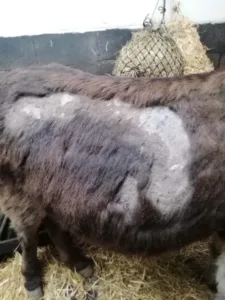
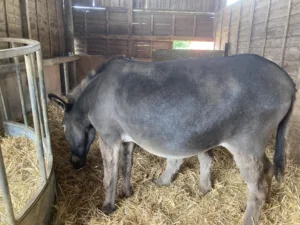
This poor donkey, Ebony, was left out in the rain before she was rescued. She was clipped and our cream applied daily so she is now back to full health with a glorious shiny coat.
DIRECTIONS:
NO NEED TO WASH THE LEGS
Apply the cream straight to the affected area. Gently massage in and leave.
Apply twice daily for best results and continue until new hair growth appears.
Ingredients include Lavender and Eucalyptus essential oils and zinc oxide.
Only logged in customers who have purchased this product may leave a review.

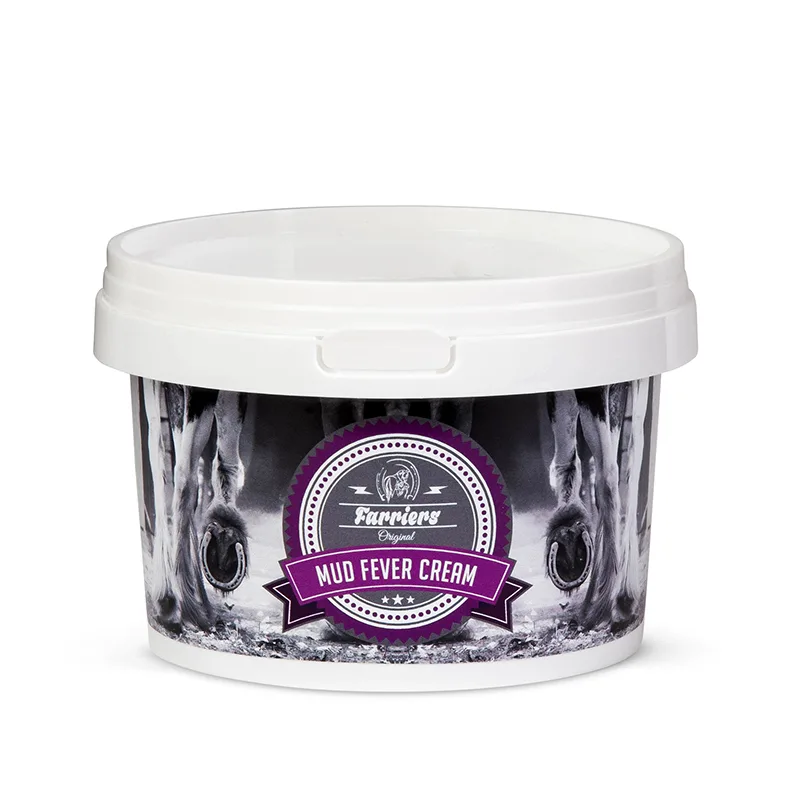
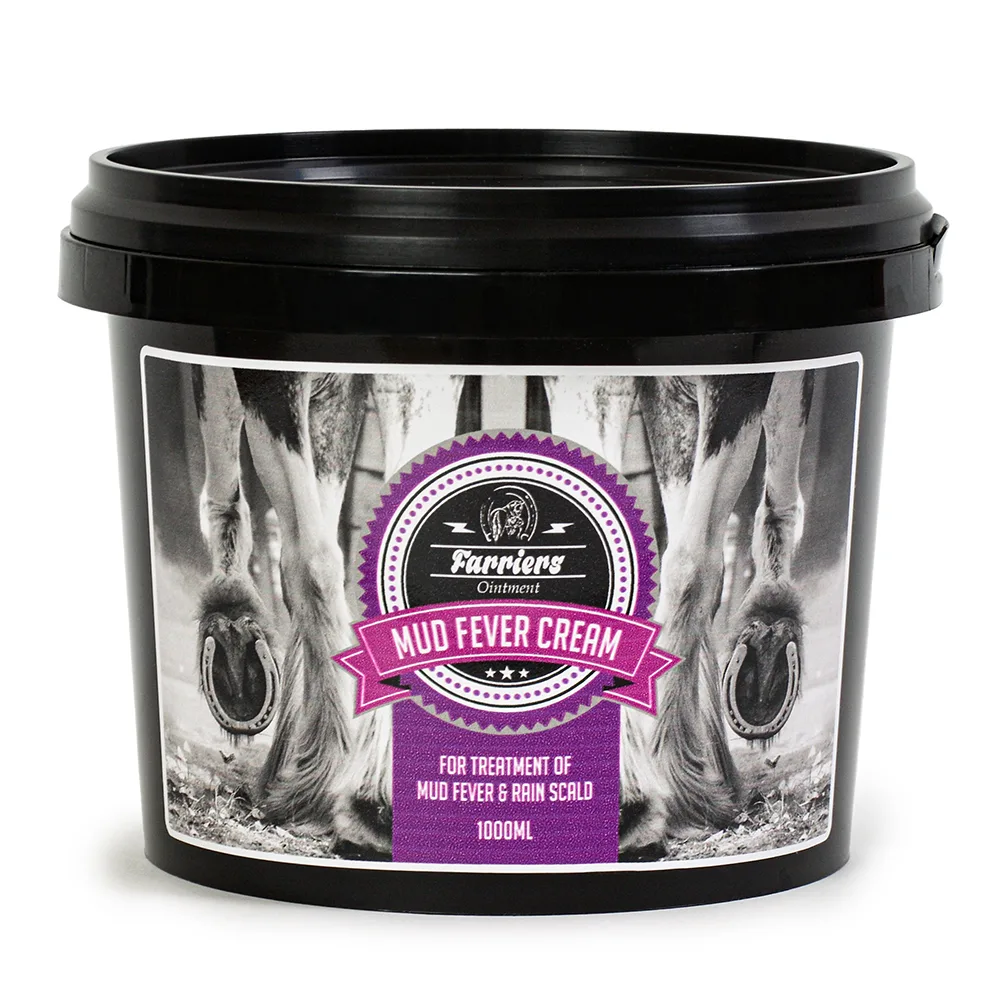
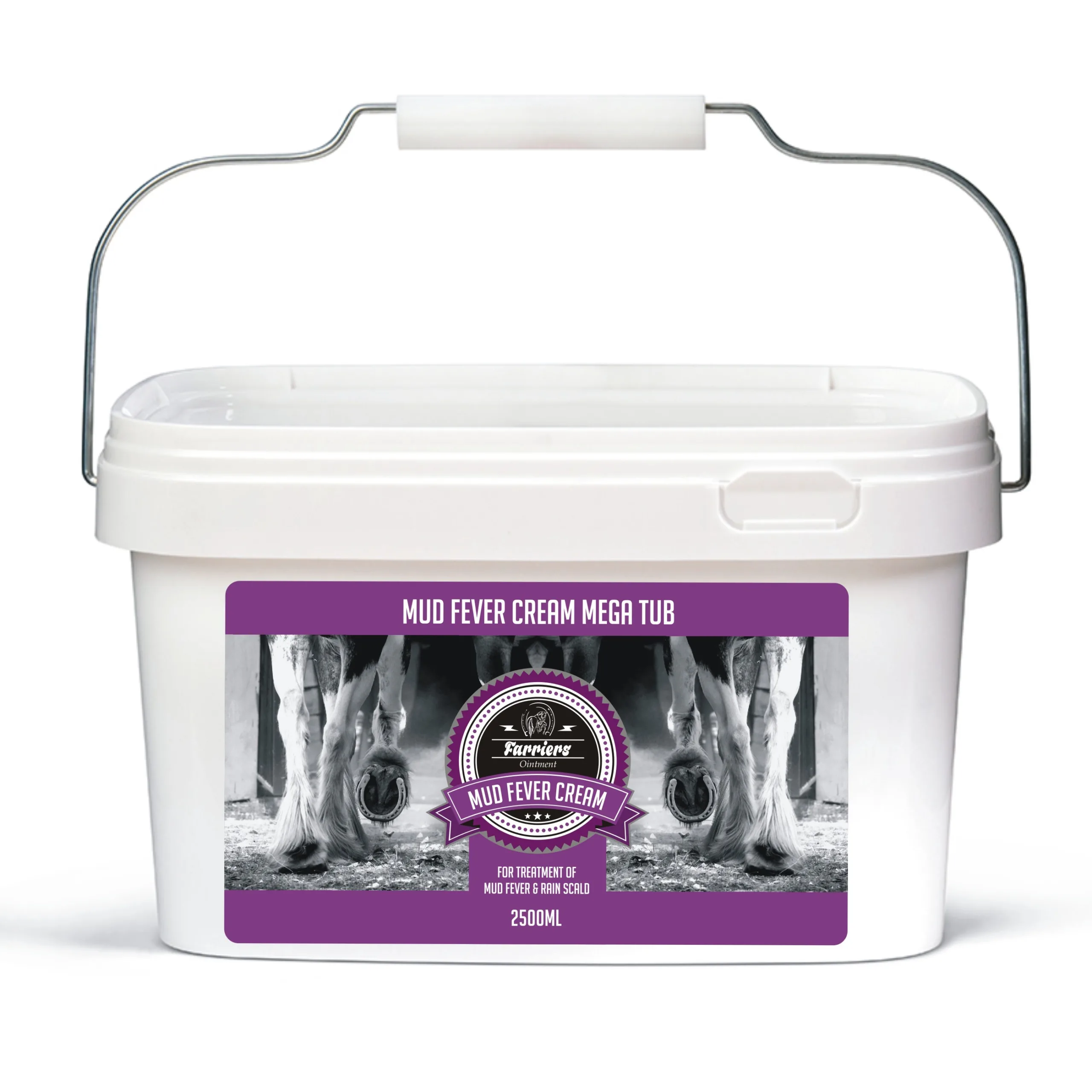
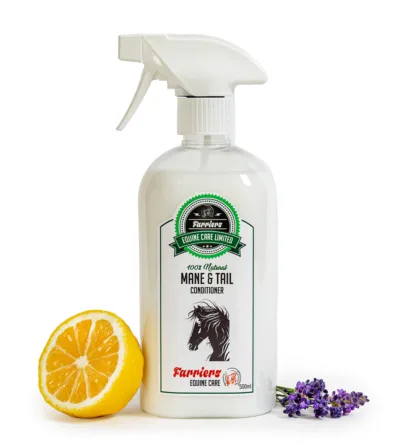
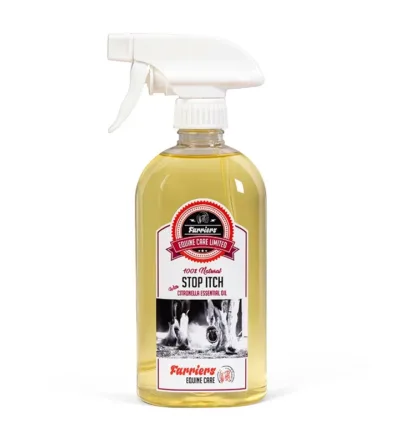
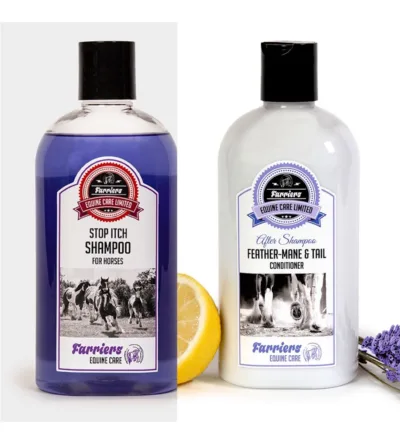
There are no reviews yet.